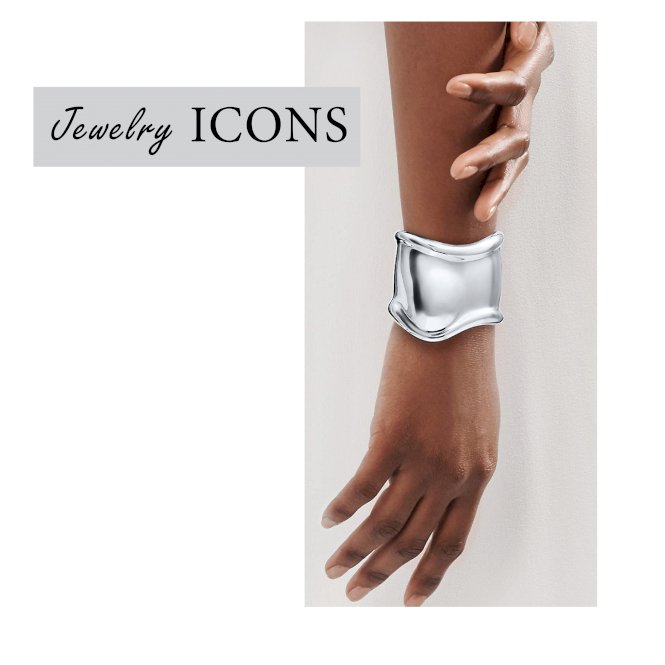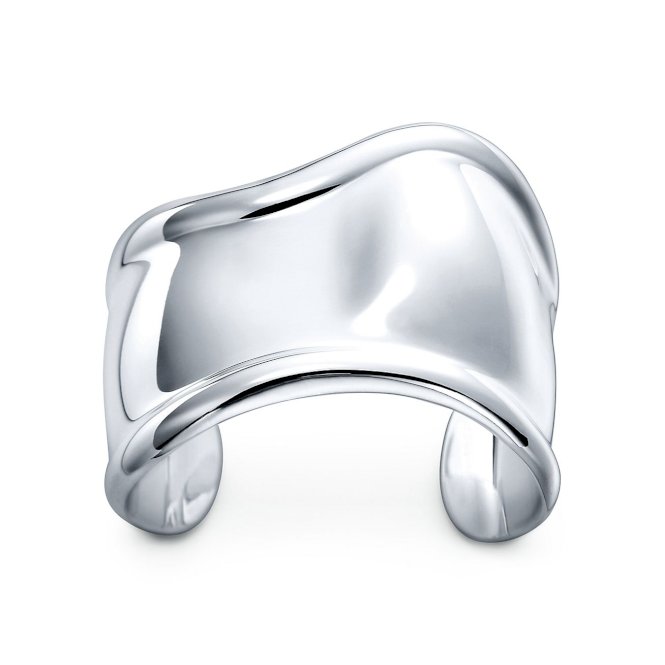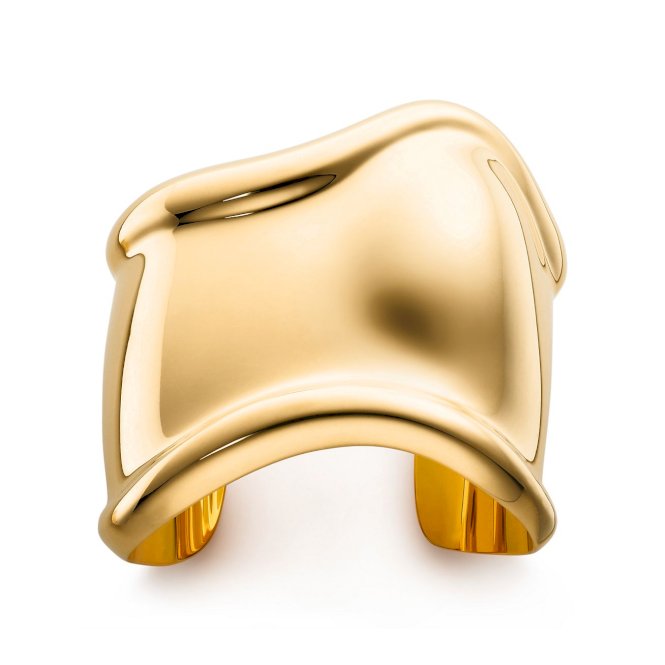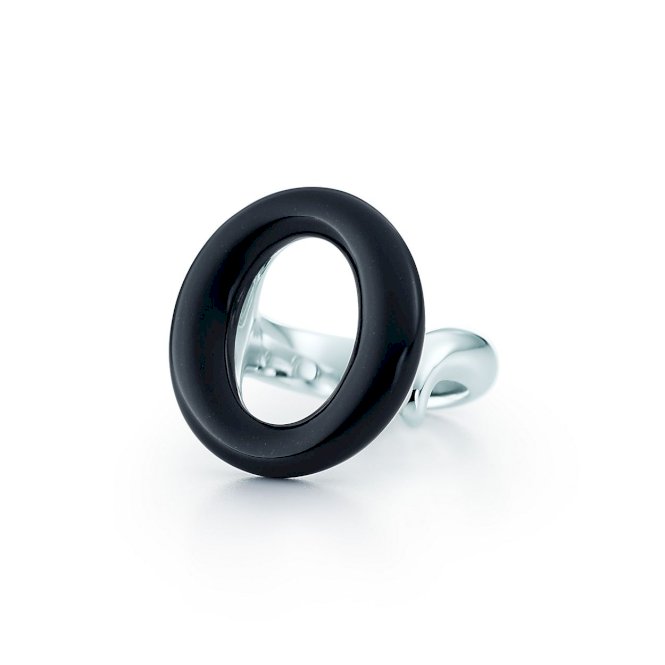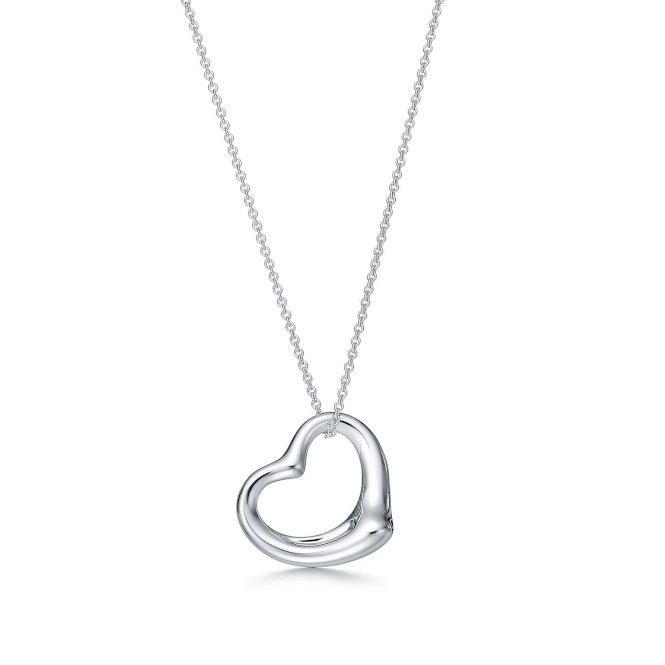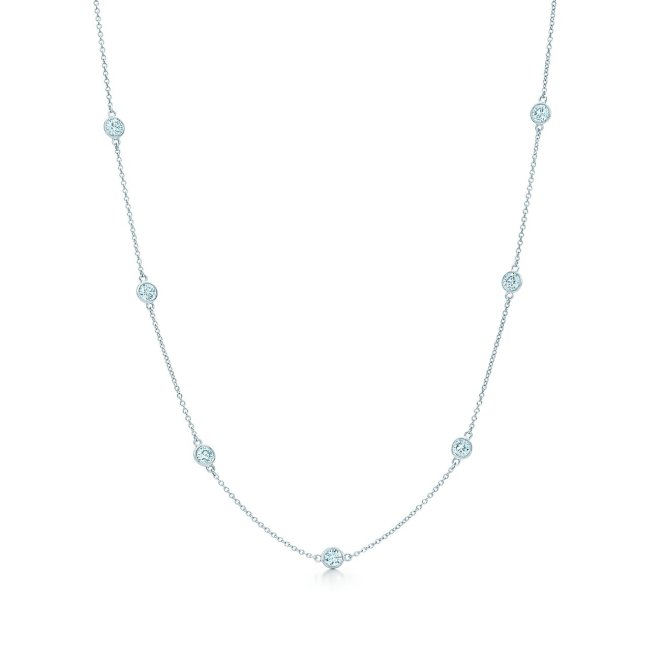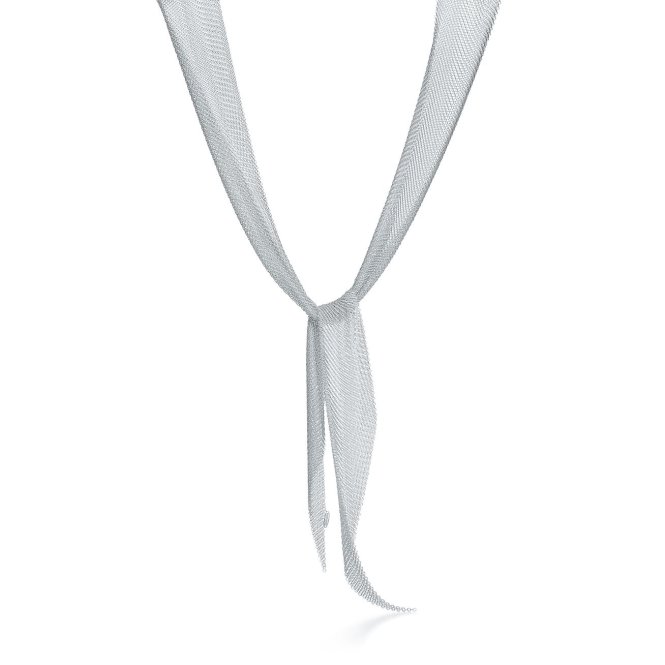ICONS: The Bone Bracelet by Elsa Peretti for Tiffany
"She had style: she made the dress she was modeling her own" - this is how Ewan McGregor introduces Elsa Peretti in the Netflix Halston miniseries, dedicated to the designer who discovered the talent of the Italian-born designer and launched her in the world of Tiffany & Co.
But before arriving in New York, Elsa was born in Italy, in Florence, on May 1, 1940. The day before her 21st birthday her mother tried to impose on her a marriage and a life that was too close to Peretti, so she fled to Switzerland, working as a ski teacher to pay the rent. If marriage wasn't for her, not even the mountains and an environment too conservative could hold her back, so she moved to Barcelona. Here, thanks to her architecture and design studies, she fell in love with the work of Antoni Gaudì and posed as a model for Salvador Dalì, constantly hungry for new ideas, she nourished herself with art and obsessively searched for sculptural forms around herself.
She then landed in New York and in that mix of creativity, novelty, transgression and research, Elsa found her space and was noted as a model by important fashion houses and photographers, including Helmut Newton of who she was the inspiration and muse. Requested by the then director of Vogue Diana Vreeland and a regular visitor to Studio 54, where she usually went with Andy Warhol, Liza Minelli and Joe Eula, she was able to perfectly enter the jet set of the artistic New York of the time.
Her first jewelry collection was for Giorgio Santangelo, but it is with Halston that she really established herself. For him she created jewels and the precious perfume bottle which was the cause of the end of their professional and private relationship.
Her instinct for style, partly natural and partly acquired in the constant frequentation of artists and stylists, combined with the obsession for craftsmanship perfection led her in 1974 to become one of the main designers of Tiffany & Co.
Her work for Tiffany becomes so important that it is still present in the brand's collections today, in numerous creations that bear her signature.
From the linear perfection of a Henri Moore sculpture was born her Open Heart. A well-known symbol, but reinterpreted in an evocative and sensual form, a refined jewel devoid of any sentimentality. In India she finds inspiration for mash, a metal wire fabric that becomes a necklace capable of embracing the neck with pleasure. In the rhythm and dress typical of a Spanish dance, Flamenco, she found inspiration for Sevillana. From Japanese lacquers to Hong Kong crystals, Elsa never stopped and searched her inspiration all over the world, in the hands of craftsmen who carry the experience of millennia with them. Her diamond necklace, Diamond by the yard, became the new way to wear a hitherto unattainable stone, reserved for a few and only for special occasions.
But the most iconic, most monumental and instantly recognizable piece is undoubtedly her Bone Bracelet. A cuff capable of tightening the wrist like liquid silver, with softness and elegance but also monumentality and voluptuousness. Sinuous and sensual, the worn bracelet seems to come to life. Her love for nature and everything organic is channelled into this wrist sculpture, born from a bone stolen when, as a girl, during a visit with her parents to the Capuchin Church in Rome, she ventured into a 17th century ossuary. Even then, regardless of the rules and attracted by beauty, she stole this bone which, years later, was her greatest success.
Halston once told his friend Liza Minelli in reference to the Bone: "You can't afford gold, and diamonds must be gifted by men, so you'll wear silver". Elsa Peretti has always sought a democratic style, capable of being understood by anyone who was simply a lover of beauty. It did so with Tiffany, relaunching the brand and reaching 8% of the turnover of the entire maison with its line. An economic line, compared to the brand, capable of meeting many more customers than the company had done up to then.
Even today the Bone is one of the best-selling models, proposed in different variations but always similar to its original, designed in two pieces: one for the left hand and one for the right.
Elsa Peretti, who passed away this spring, was able to create a unique and personal style, with which she created jewels, furnishings and objects, considered so significant in history that they are now part of the collections of some of the most important museums in the world: from the British Museum of London to the Metropolitan of New York, But perhaps, in this case, the most important thing to say is that her jewels, designed even more than fifty years ago, are still more current than ever.
